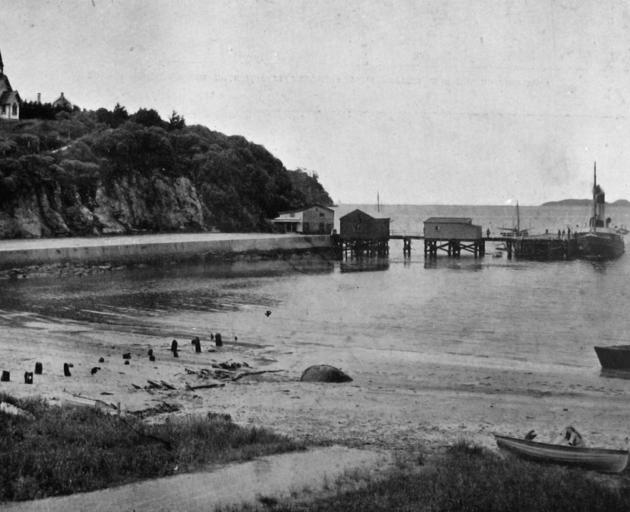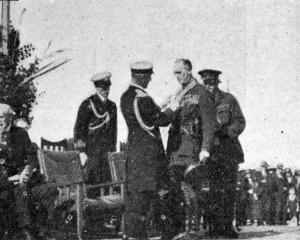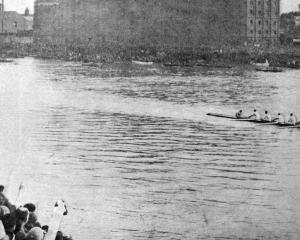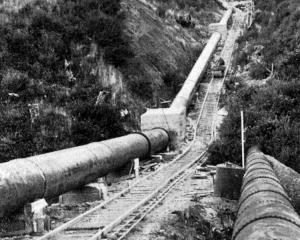
It shows that the enemy effected no surprise such as would be attended by unquestionable advantages, but found the French and American armies, which have so far had to bear the brunt of the attack, ready to meet the expected blow and strong to resist it.
The result has been more satisfactory to the Allies, it may reasonably be surmised, than to the enemy. The Germans have made some progress west of Rheims, while their efforts to cross the Marne seem to have met little abiding success, and east of Rheims they are said to have been completely checked.
At no point, it is reported, have they penetrated Allied lines to a depth of more than four miles. Reports from the front show probably 60 German divisions are engaged; if so, it suggests that this is undoubtedly their main offensive. The bombardment, including gas shells, was most intense between Prunay and Main de Massiges.
It was reported at midday yesterday that the assaults were everywhere held up, except on the Souain road near Presnes, and Prunay. The enemy westward of Rheims has at midday advanced to a maximum depth of from two to three miles, on a front of 20 miles.
The Germans failed to gain the high ground eastward of Rheims, where the maximum depth of the advance was a mile and a-half. They crossed the Marne in a heavy mist in difficult ground, owing to the thick wood and deep gullies.
Playgrounds advocated
A meeting of the Town-planning branch of the Amenities Society was held last night, Mr J. L. Salmond presiding. The meeting was specially called for the purpose of hearing an address by Mr D. Tannock on ''Children's Playgrounds''. Mr Tannock said that to play in the streets and gutters was insanitary and undesirable.
Children dirtied their clothes, hurt themselves by falling on the hard macadam or asphalt, and seriously impeded the traffic. Every community with any interest in the proper development, both physical and moral, of its young people should make provision for plenty of playing areas, for they were not only useful for the children, but served to keep the houses apart, provided breathing spaces, and even when treated in the simplest and plainest manner they afforded a welcome break in the row of houses.
Mothers should, if possible, accompany the little children to the playground, for no matter how good they were, they required some control. After overcoming some of the prejudices which had arisen through the failure of several badly-directed and spasmodic efforts to provide swings, etc., both in the reserves and at some of the schools his department made a start at Woodhaugh six years ago.
The success there had been phenomenal, and during the school days, whenever the weather was suitable, the swings and see-saws had been going from morning till night. The place had also become a favourite picnic ground for Sunday schools and others.
Mr Tannock said the necessity for a strong, healthy, well-developed race was recognised, and the benefits derived from exercise in the open air were admitted.
- ODT, 18.7.1918












